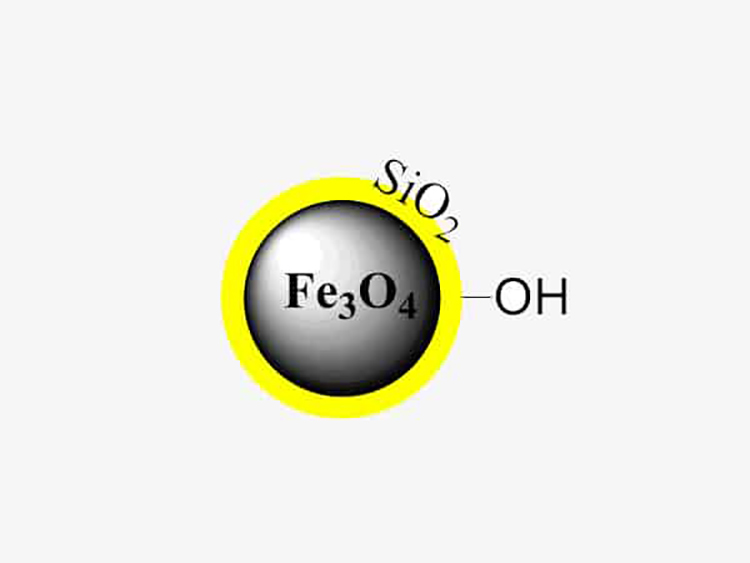Understanding biomagnetic beads in one article
Magnetic beads can separate biomolecules easily and effectively. Use this guide to compare different surface chemical modifications and find the type that suits your application.What are magnetic beads?
Magnetic beads are composed of tiny iron oxide particles (20 to 30 nm), such as magnetite (Fe3O4), which are superparamagnetic. Superparamagnetic beads are different from common ferromagnets because they only exhibit magnetism in the presence of an external magnetic field. This property depends on the size of the particles in the beads, and allows the beads and any material they bind to be suspended and separated. Since they do not attract each other outside the magnetic field, they can be used without worrying about unnecessary clumping. 
There are many types of magnetic beads available. Different surface coatings and chemical properties give each type of bead its own binding properties, which can be used for the magnetic separation (separation and purification) of nucleic acids, proteins or other biomolecules in an easy, effective and scalable manner.
This ease of use makes it easy to automate and is ideal for a range of applications, including sample preparation for next-generation sequencing (NGS) and PCR, protein purification, molecular and immunodiagnosis, and even magnetic activated cell sorting (MACS) Wait.
What is magnetic separation?
Magnetic separation uses a magnetic field to separate micron-sized paramagnetic particles from a suspension. In molecular biology, magnetic beads provide a simple and reliable method to purify various types of biomolecules, including genomic DNA, plasmids, mitochondrial DNA, RNA and proteins. The main advantage of using magnetic beads is that you can directly separate nucleic acids and other biomolecules from crude samples and various types of samples.
Nucleic acid extraction silicon-based magnetic beads, also known as DNA extraction magnetic beads, RNA extraction magnetic beads, are biological magnetic beads developed and produced by Geneture Medical. with independent intellectual property rights. Nucleic acid extraction silicon-based magnetic beads use stable The polymer material is used as a separation carrier to introduce magnetism, and then couple with ligands to form polymer microspheres containing magnetic particles. The company’s nucleic acid extraction silicon-based magnetic beads are suitable for the extraction of DNA and RNA from various biological samples. They have been widely used in plants, animals, whole blood, serum, oral swabs, saliva, bacteria, plasmids, forensic samples, etc. For nucleic acid extraction from materials, with Automatic Nucleic Acid Extractor, high-throughput automatic DNA extraction can be achieved.
GENETURE,provides Nucleic Acid Extraction Kit that use the Magnetic Beads to Extract DNA or RNA.If you need more information about the Magnetic Beads,please feel free to contact.
